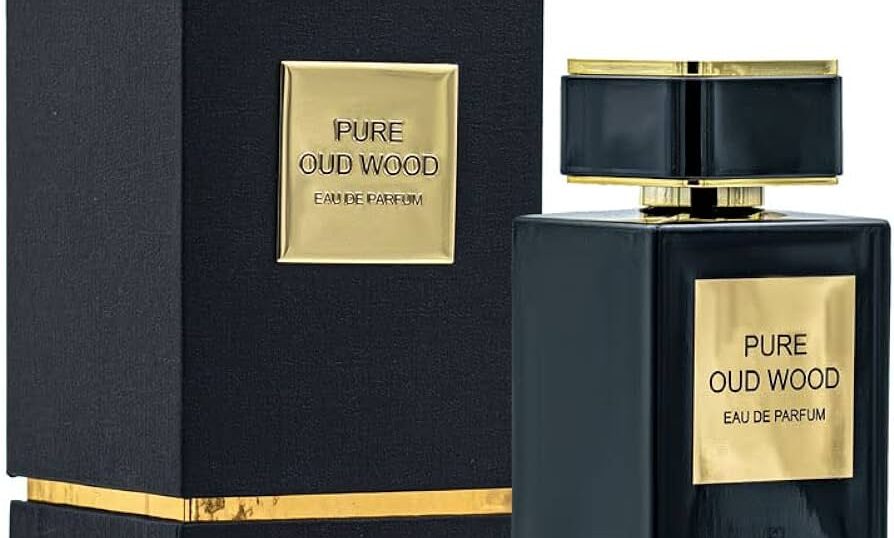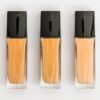Oud wood, often referred to as agarwood, is a precious and highly sought-after material that has been revered for centuries across various cultures. Known for its distinctive fragrance, oud is used in perfumery, incense, and traditional medicines. Its rarity and complex production process make it one of the most expensive natural raw materials in the world. But what exactly is oud wood, and what makes it so special? In this comprehensive guide, we will explore the origins, properties, uses, and significance of oud wood.
The Origins of Oud Wood
Oud wood comes from the heartwood of the Aquilaria tree, primarily found in Southeast Asia. These trees are native to countries like India, Vietnam, Cambodia, Malaysia, and Indonesia. The unique characteristics of oud wood are not present in every Aquilaria tree; instead, they develop as a result of a natural defense mechanism.
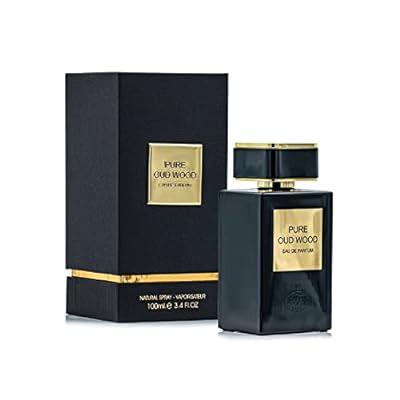
The Formation of Oud Wood
The formation of oud wood is a fascinating process that begins with the infection of the Aquilaria tree by a type of mold known as Phialophora parasitica. This mold invades the tree, causing it to produce a dark, resinous substance as a defense response. Over time, this resin-infused heartwood becomes what we know as oud. The longer the infection persists, the more resin is produced, and the higher the quality and value of the oud wood.
Types of Oud Wood
There are various grades and types of oud wood, determined by factors such as the tree’s age, the duration of the infection, and the region of origin. Wild oud is considered the highest quality due to its natural formation process, while cultivated oud comes from Aquilaria trees that are artificially inoculated with the mold.
The Fragrance of Oud Wood
Oud wood is renowned for its complex and multi-faceted fragrance. It is often described as woody, smoky, and sweet with hints of spice and floral undertones. The scent profile of oud can vary significantly depending on its origin and the specific conditions under which it was formed. This variability adds to the allure and exclusivity of oud-based products.
Uses of Oud Wood
1. Perfumery
One of the most prominent uses of oud wood is in perfumery. Oud oil, also known as liquid gold, is extracted through a meticulous distillation process. This oil is a key ingredient in many high-end fragrances, valued for its ability to provide a rich, deep, and long-lasting scent. Perfumers often blend oud with other notes like rose, amber, and musk to create complex and luxurious perfumes.
2. Incense
In many cultures, agarwood is burned as incense during religious ceremonies and meditation practices. The smoke produced by burning oud is believed to have spiritual and healing properties, promoting a sense of peace and relaxation.
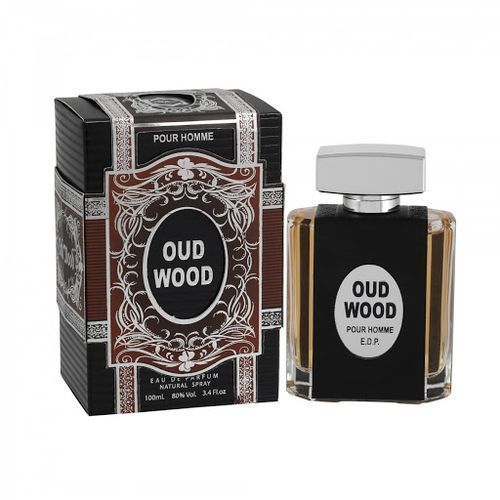
3. Traditional Medicine
In traditional medicine, particularly in Ayurveda and Chinese medicine, agarwood is used for its supposed therapeutic benefits. It is believed to have anti-inflammatory, analgesic, and digestive properties. Oud is often incorporated into remedies for treating ailments such as asthma, digestive issues, and nervous disorders.
The Cultural Significance of Oud Wood
Oud wood holds a significant place in various cultures and religious practices. In the Middle East, it is a symbol of luxury and opulence, often used in personal grooming and hospitality. In Japan, oud, known as jinko, plays a vital role in traditional incense ceremonies called Kodo. The practice of Kodo is not just about the fragrance but also about appreciating the aesthetic and spiritual essence of the incense.
The Economic Value of Oud Wood
The high demand and limited supply of agarwood make it one of the most expensive natural resources. The price of oud can vary greatly, with some of the highest quality oud oils fetching prices comparable to gold. The rarity of wild oud, combined with the labor-intensive process of extracting the oil, contributes to its high cost.
Conservation and Sustainability
Due to over-harvesting and the threat of extinction, several species of Aquilaria trees are now protected under CITES (the Convention on International Trade in Endangered Species of Wild Fauna and Flora). Efforts are being made to cultivate Aquilaria trees sustainably and to develop methods for producing high-quality oud without depleting wild populations. These conservation initiatives are crucial for ensuring the long-term availability of this precious resource.
How to Identify Authentic Oud
Given its high value, there are many counterfeit and low-quality oud products on the market. Authentic oud can be identified by its complex scent profile, which evolves over time, and its dark, resinous appearance. When buying oud products, it is essential to purchase from reputable sources that can provide information about the origin and quality of the oud.
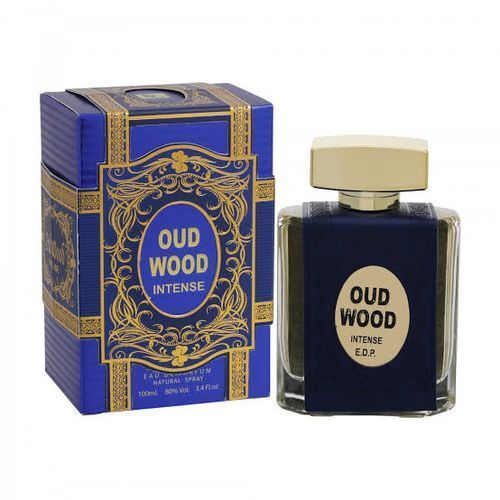
The Future of Oud Wood
As the appreciation for agarwood continues to grow, so does the interest in its sustainable production and use. Innovations in cultivation techniques and synthetic alternatives are being explored to meet the demand while preserving natural resources. The future of agarwood lies in balancing the desire for this exquisite material with the need for environmental conservation.
Conclusion
Oud wood is a unique and precious resource with a rich history and cultural significance. Its distinctive fragrance, therapeutic properties, and luxurious appeal make it a highly coveted material in various industries. As we move forward, it is crucial to embrace sustainable practices to ensure that future generations can continue to enjoy the wonders of agarwood. Whether you are a perfume enthusiast, a practitioner of traditional medicine, or someone who appreciates fine craftsmanship, agarwood offers a sensory experience like no other.

